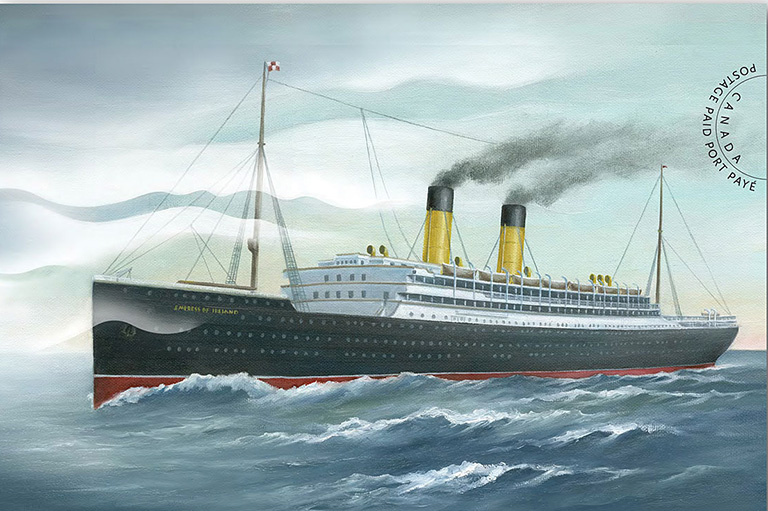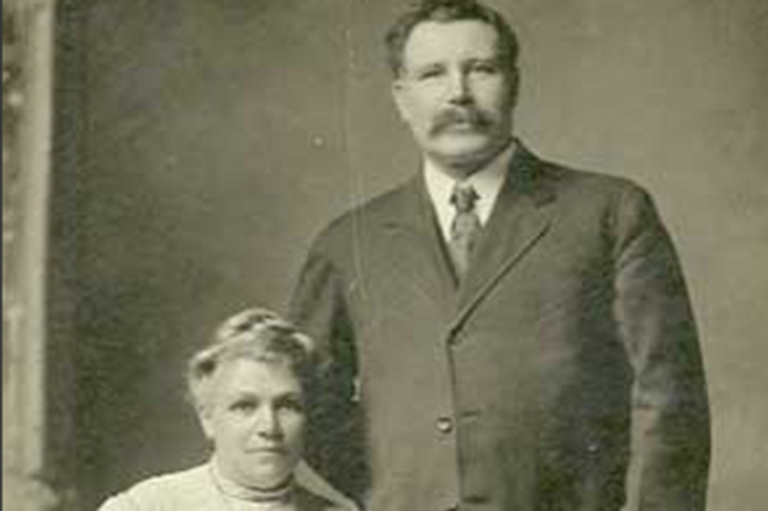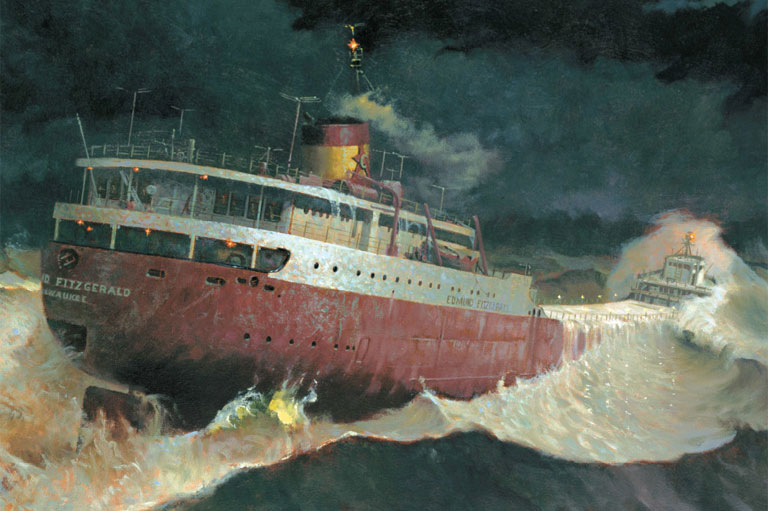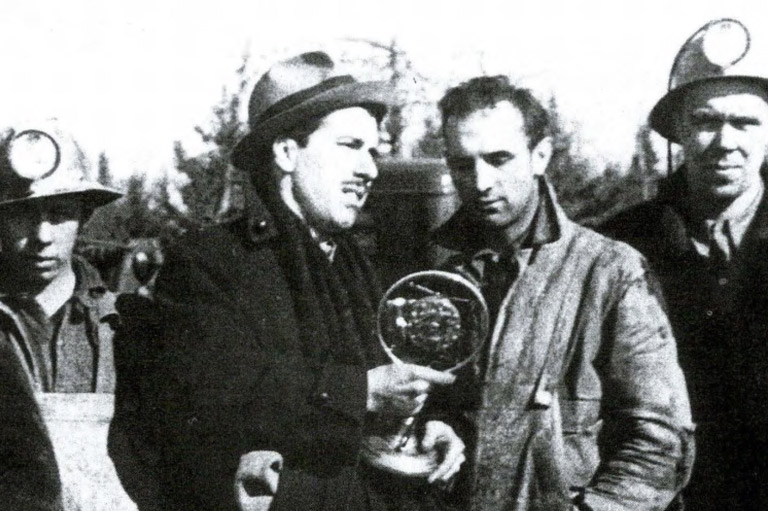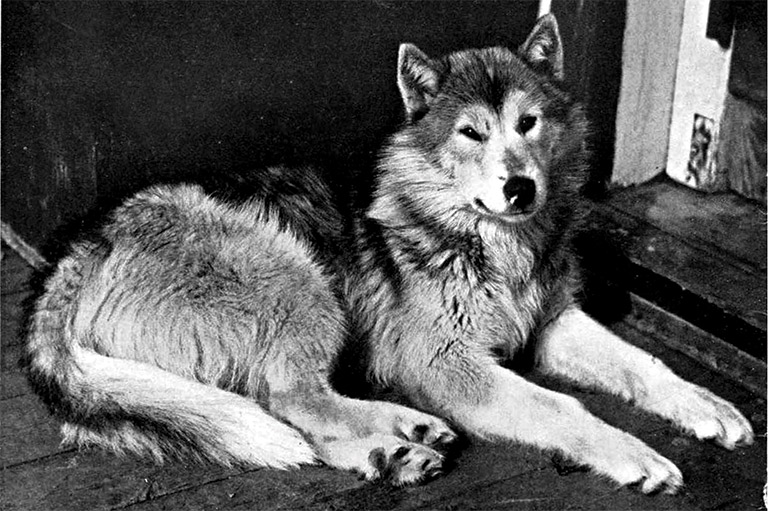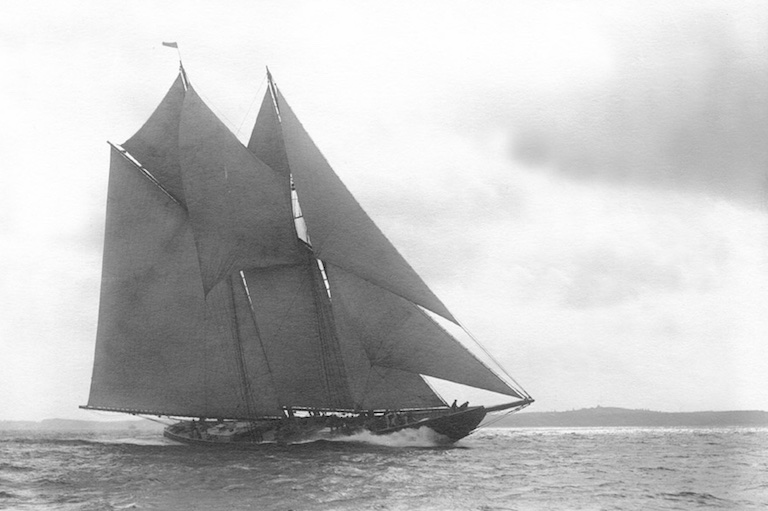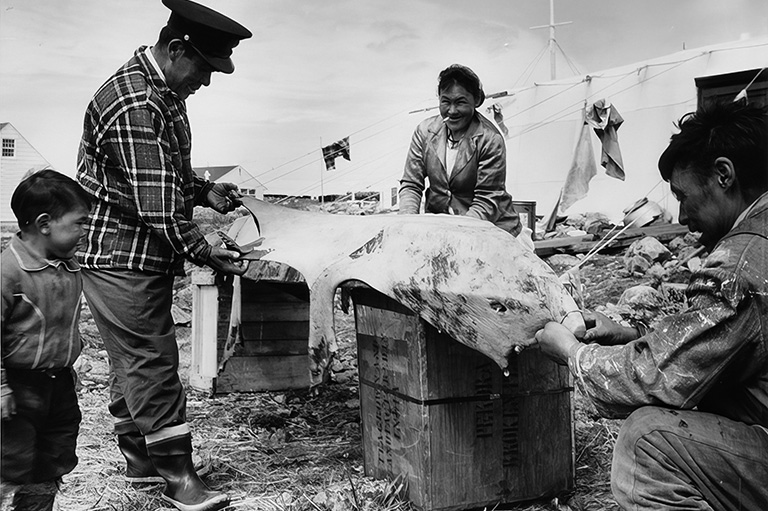Shipwrecked Friendship
The RMS Titanic passenger liner was a luxurious ship, surpassing all others of the time. Its opulence included an on-board swimming pool, gymnasium, a Grand Staircase, three electric elevators in first class, and one in second.
The first-class common room was decorated with ornate wood and expensive paneling and even the third class general room had pine paneling and teak furniture. And, the magnificent ship earned the sometimes-qualified reputation that it was “unsinkable.”
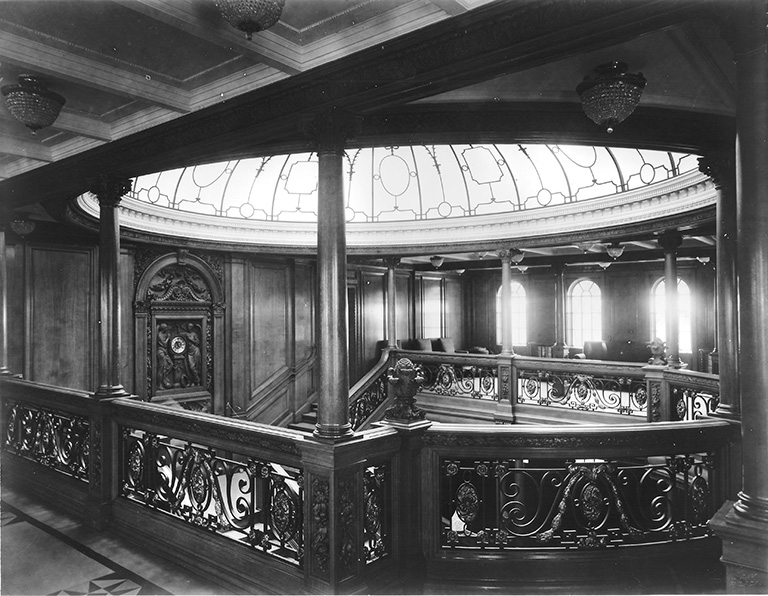
As early as September 1910 White Star Line published a brochure about the Titanic and its older sister ship, the Olympic, which stated, “as far as it is possible to do so, these two wonderful vessels are designed to be unsinkable.” Newspaper articles, booking agents, and even Edward Smith, the Titanic’s captain, perpetuated this myth.
The grand ship left Southampton, England on April 10, 1912, with 2,223 passengers and only twenty lifeboats.
Three prominent Canadian businessmen that travelled on the ship’s maiden voyage were John Hugo Ross, Thomson Beattie, and Thomas Francis McCaffry.
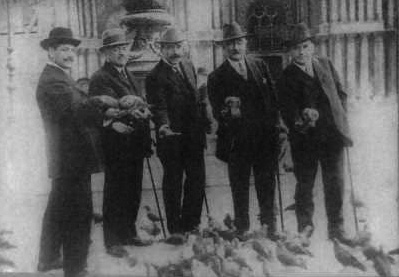
John Hugo Ross was born in Glengarry County, Ontario in 1875. He moved with his family to Winnipeg at the age of two. His father Arthur Wellington Ross, a real estate broker and politician, obtained a job for his teenage son working for the lieutenant governor of Manitoba.
After a year, John Hugo Ross left for Toronto and started a business venture as a mining broker. When the business failed in 1902, he headed for the Klondike with only 25 cents to his name.
Upon the death of his father, he inherited the family fortune and returned to Winnipeg to care for his mother. Here he founded the Hugo Ross Realty Company Ltd. and the Winnipeg Real Estate Board.
He became a member of The Manitoba Club and befriended realtor Thomson Beattie, who had an office across the hall from Ross in the Merchants Bank Building.
Born the same year as Ross, Thomson Beattie grew up in the small town of Fergus, Ontario, the youngest of eleven children. When their father died in 1897, Thomson and his brother Charles took their inheritances and moved to Winnipeg. Thomson Beattie started a successful real estate business, the Haslam Land Company, with partner Richard Waugh.
When Waugh was elected Mayor of Winnipeg in 1911, Beattie was left to run the business alone. He became fast friends with Thomas McCaffry and the Winnipeg Free Press described them as “almost inseparable.”
Thomas Francis McCaffry was 13 years Beattie’s senior. Born in 1866 at Three Rivers, Quebec, he was raised in Montreal with his two sisters. He started his banking career at Three River’s Union Bank of Canada, became a clerk in Montreal and was then promoted to manager of the bank in Neepawa, Manitoba.
In 1897 he moved to Winnipeg to manage a Union Bank branch. There he met Thomson Beattie, and the well-to-do pair made several overseas trips together.
Although McCaffry moved to Vancouver, the threesome kept in touch and planned an extensive winter vacation in early 1912, taking in the sights of the Middle East and Europe. However by March, Beattie and McCaffry were exhausted from their travels, and Ross had become ill with dysentery.
Deciding to cut their holiday short, Beattie wrote to his mother, “We are changing ships and coming home in a new, unsinkable boat.” The trio booked first-class passage on the Titanic, boarding at Cherbourg, France on April 10. Beattie and McCaffry shared a cabin, paying over £75 for their stately quarters.
However, no amount of wealth could save the three friends. Although Beattie managed to scramble on the last available lifeboat, his body was not discovered until a month later when the Oceanic came across the bobbing raft.
The St. Paul Daily ran the grisly headline on May 17, 1912, which read, “Tooth marks on cork and collapsible lifeboat tell grim tale — Liner found three.” It went on to report, “Two of the bodies were secured to thwarts by pieces of chains. The body of a cabin passenger was identified by the clothing as that of Thompson Beattie. The other two were members of the crew.”
Beattie’s remains were buried at sea on his mother’s birthday, at almost the same spot where she had been born on a Canadian-bound ship, 82 years before.
Although it was believed that both McCaffry and Beattie were on the roof, McCaffry did not make it to the collapsible boat. His body was later recovered and brought back to Montreal, where he was buried in Notre-Dame-des Neiges Cemetery –– a large granite tombstone, paid for by the bank, marks the spot.
Their friend John Hugo Ross refused to take the disaster seriously saying, “Is that all? It will take more than an iceberg to get me off this ship.”
His body was never recovered but it is presumed he drowned in his bed. Hugo Street, in Winnipeg commemorates his name.

